Recently, a project called Predictive Image Geolocation (PIGEON) by a group of students has shown a new aspect of the power of artificial intelligence when it proved to be excellent in geolocating through photos taken into the system. Three students from Stanford (USA) designed the project to determine the location of photos taken on the Google Street View application.
But when shown images of individuals the system had never recognized, the program could correctly guess where the photo was taken in most cases.
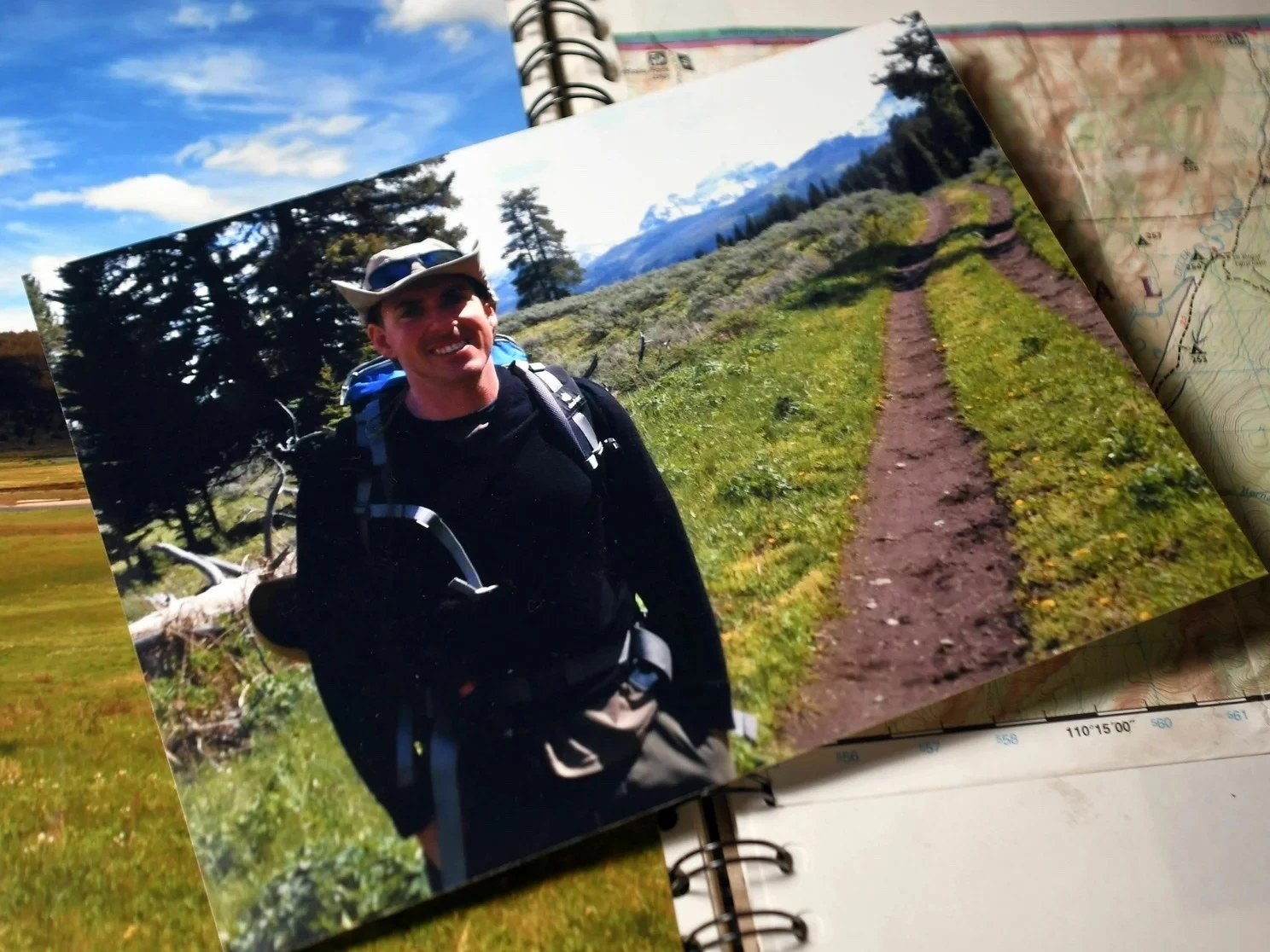
A photo taken in 2012 at Yellowstone National Park (USA) that was never posted online was determined by AI to be 56 km off the actual location.
Like many other applications of AI today, this new discovery is considered a "double-edged sword". On the one hand, it can help people determine the location of old photos, or allow field biologists to quickly survey entire geographic areas to detect invasive plants.
"But on the other hand, this power can also be used to access information about any individual that they have no intention of sharing," said Jay Stanly, senior policy analyst at the American Civil Liberties Union (ACLU). Stanley is concerned that technologies similar to Project PIGEON will become popular and become tools for governments and organizations to track or spy on people. "From a privacy perspective, your location is a very sensitive set of information," he emphasized.
The students who created PIGEON said they started the project with an existing image analysis system called CLIP, a neural network program that can “learn” about images through text descriptions created by OpenAI, the company that created ChatGPT. The team then trained their version of the AI using images taken from Google Street View.
“We created a dataset of about 500,000 street photos,” said Silas Alberti, one of the three people on the team. By adding to the original program and training, PIGEON was able to determine the geographic location of a Google Street View photo anywhere on Earth. It was able to guess the country 95% of the time, and often pinpointed the correct location within a 40-kilometer radius of the photo.
Source link




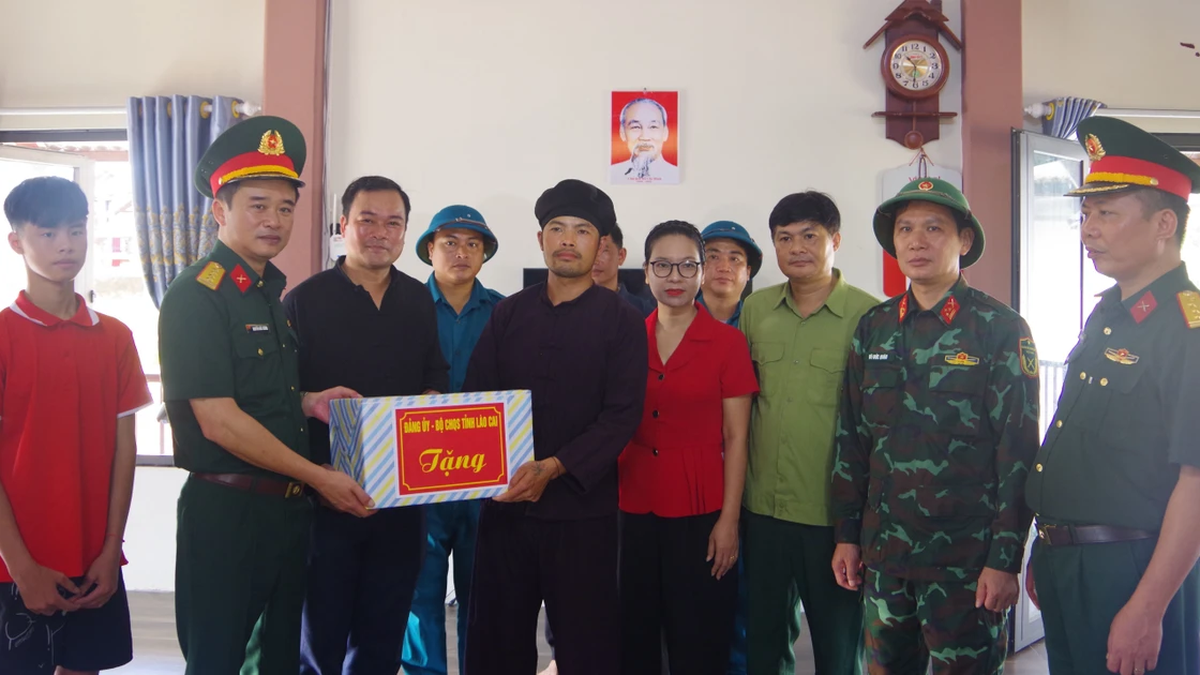
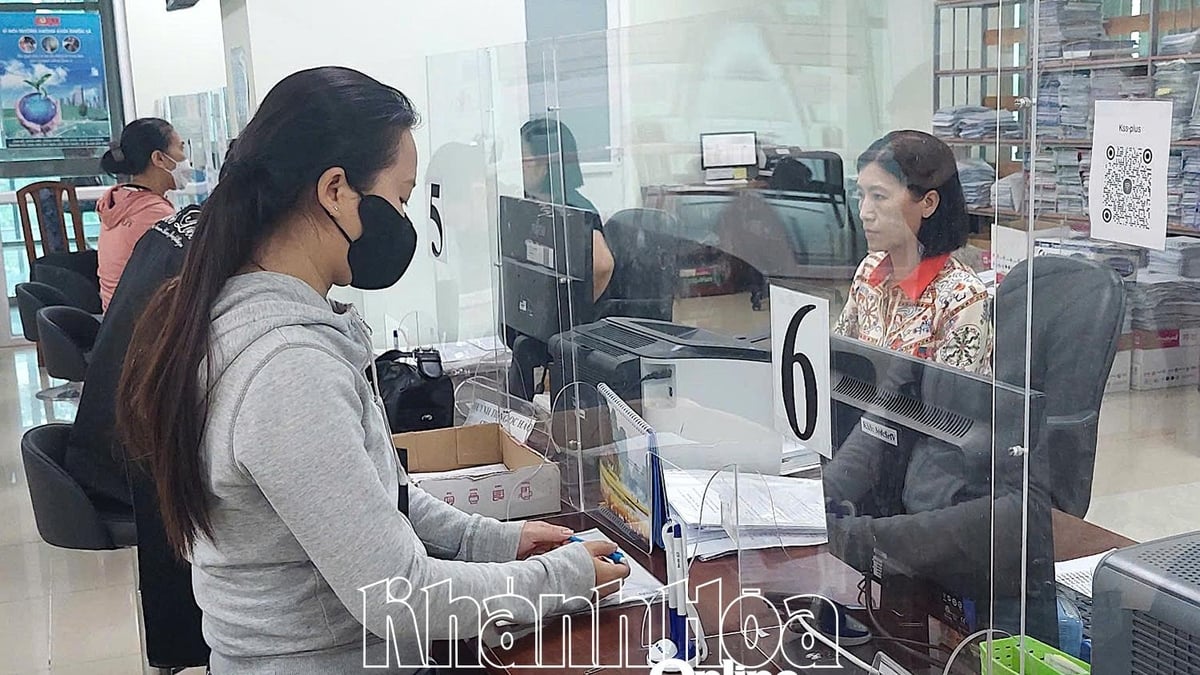

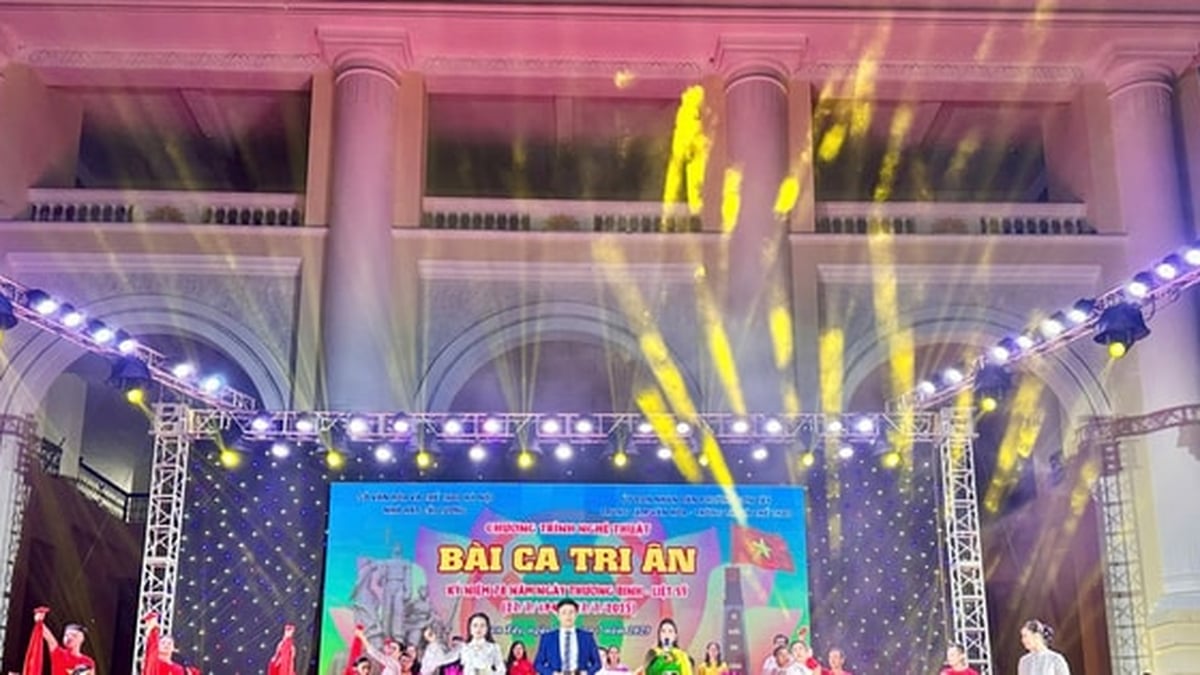















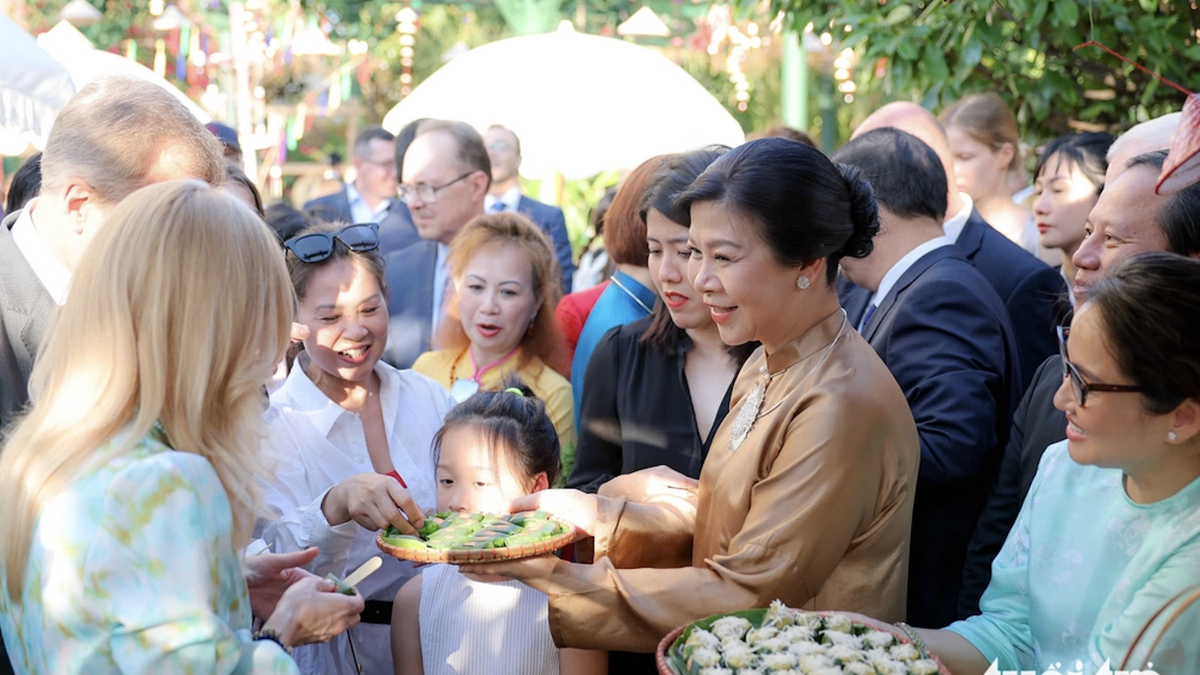
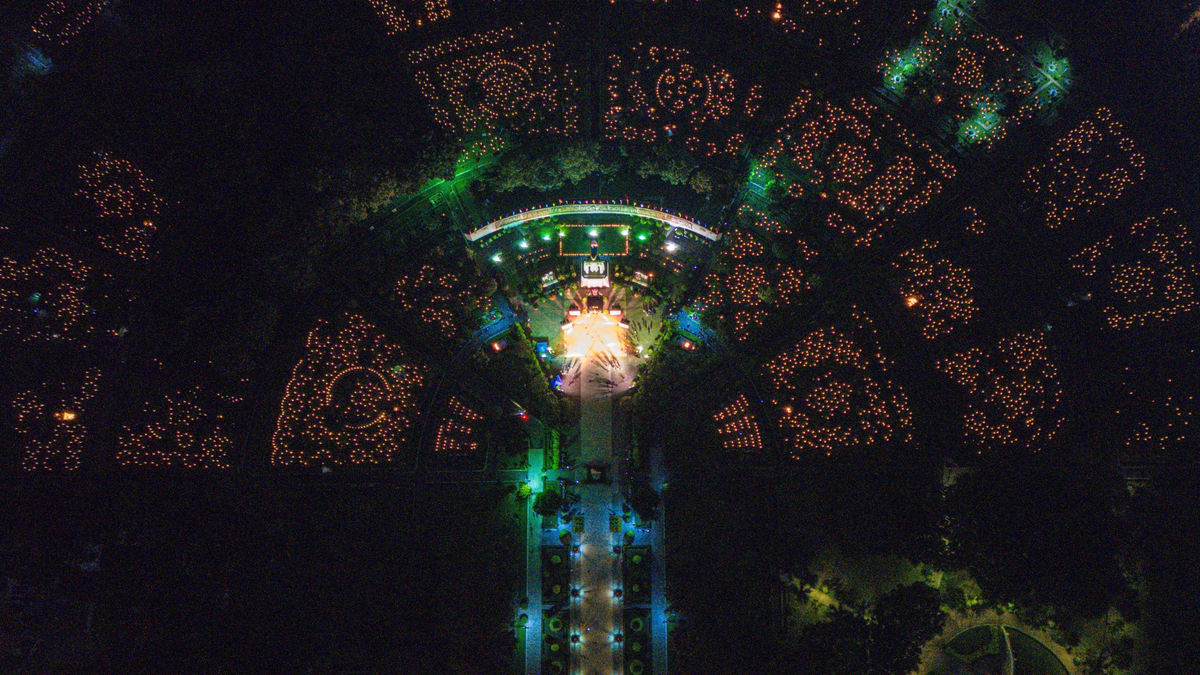
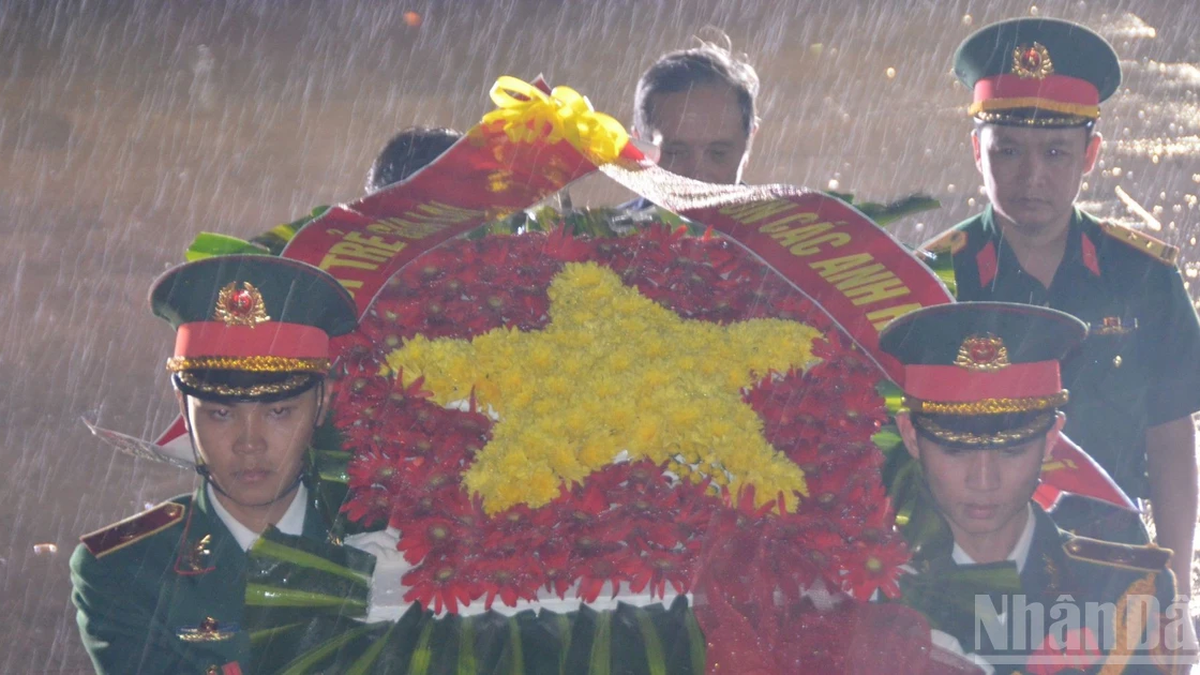
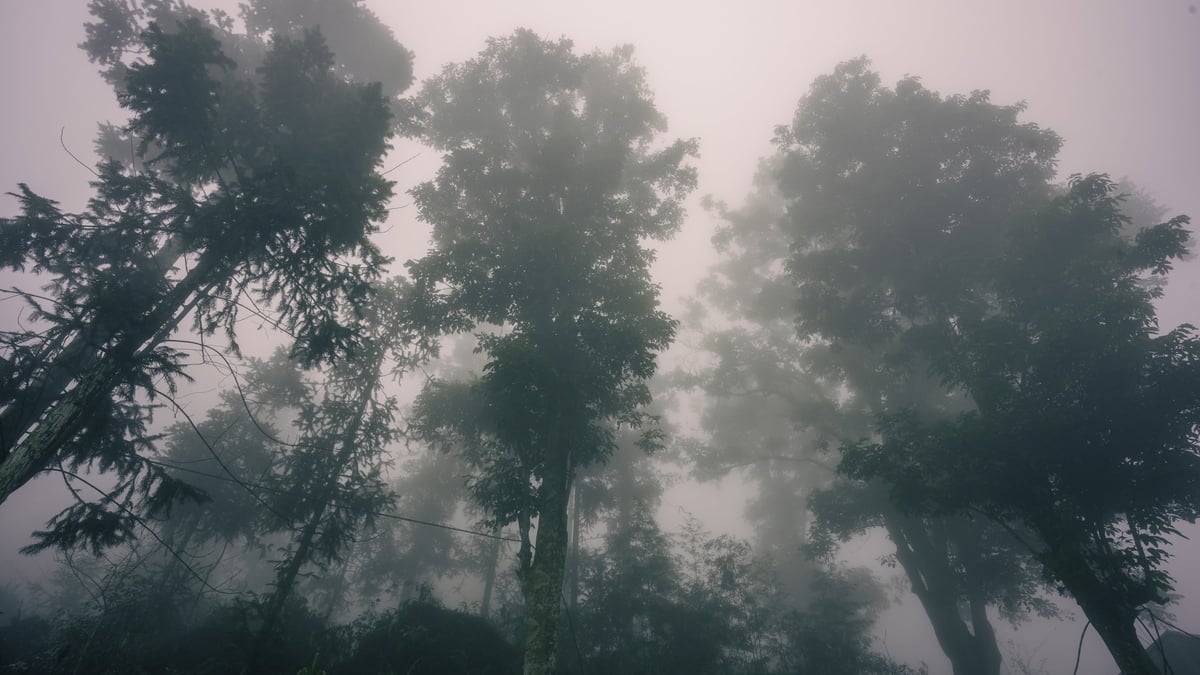

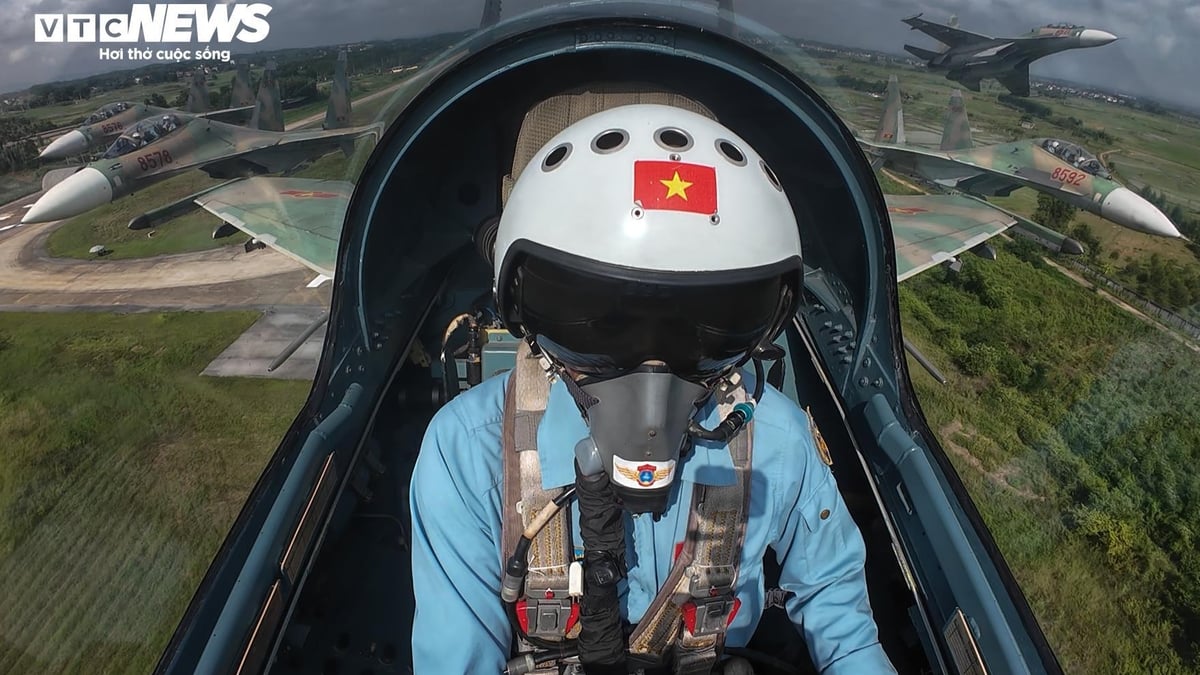
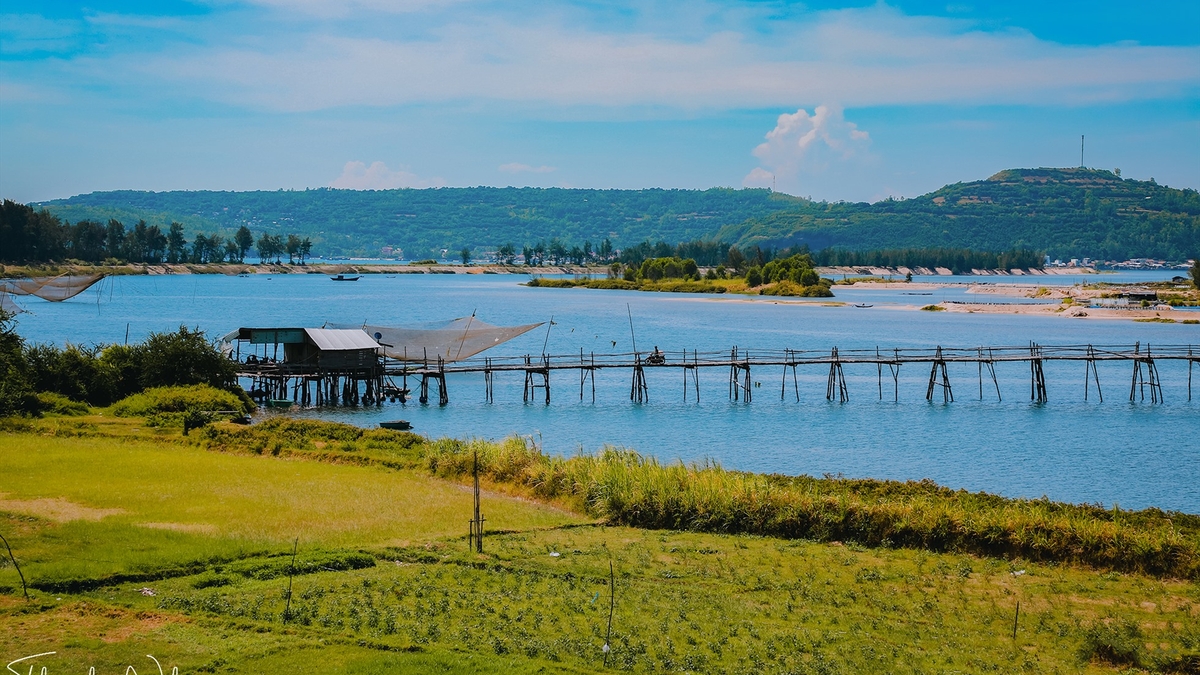
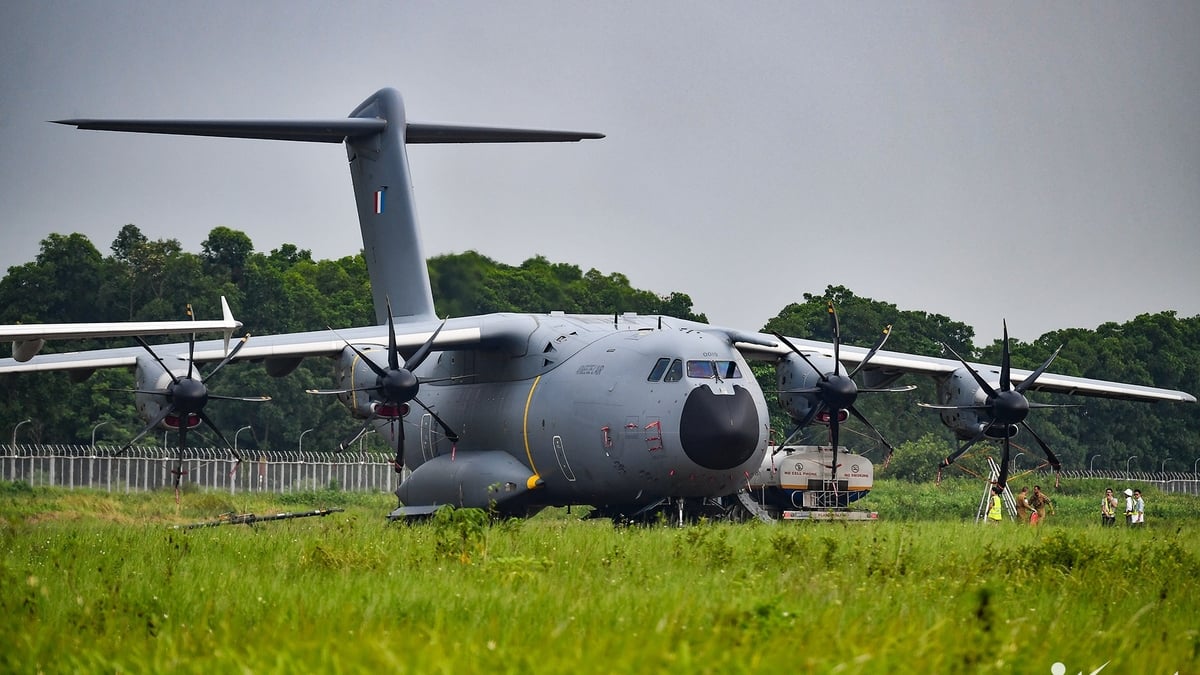

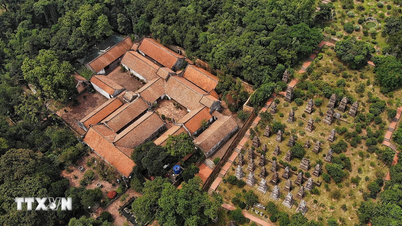



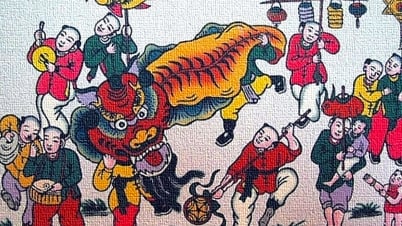





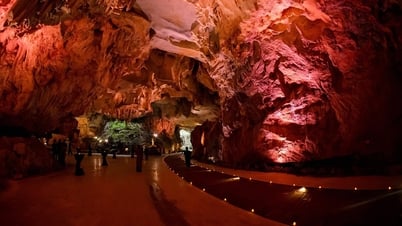




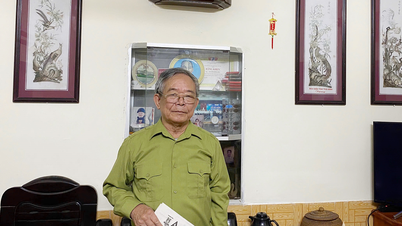

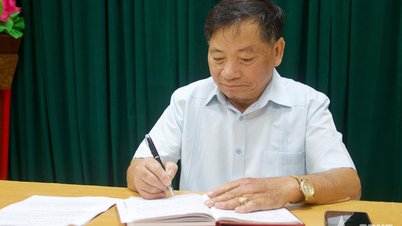








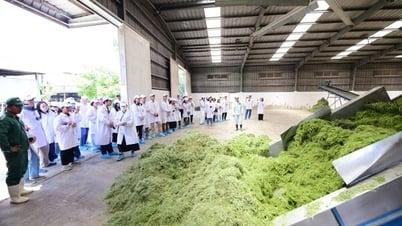
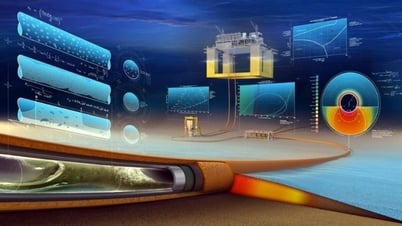

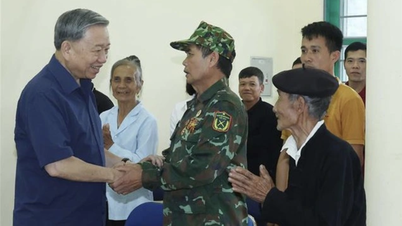
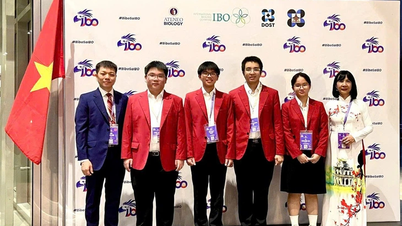




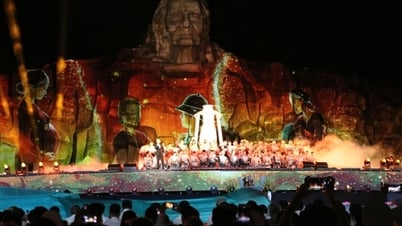



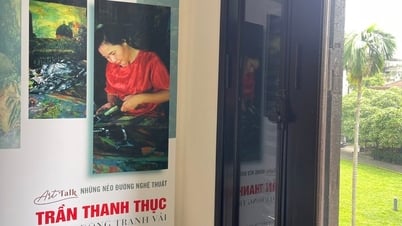
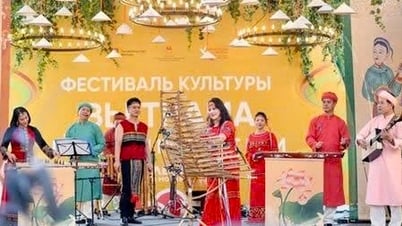


















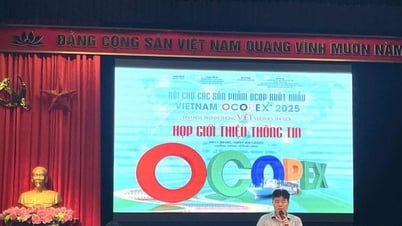



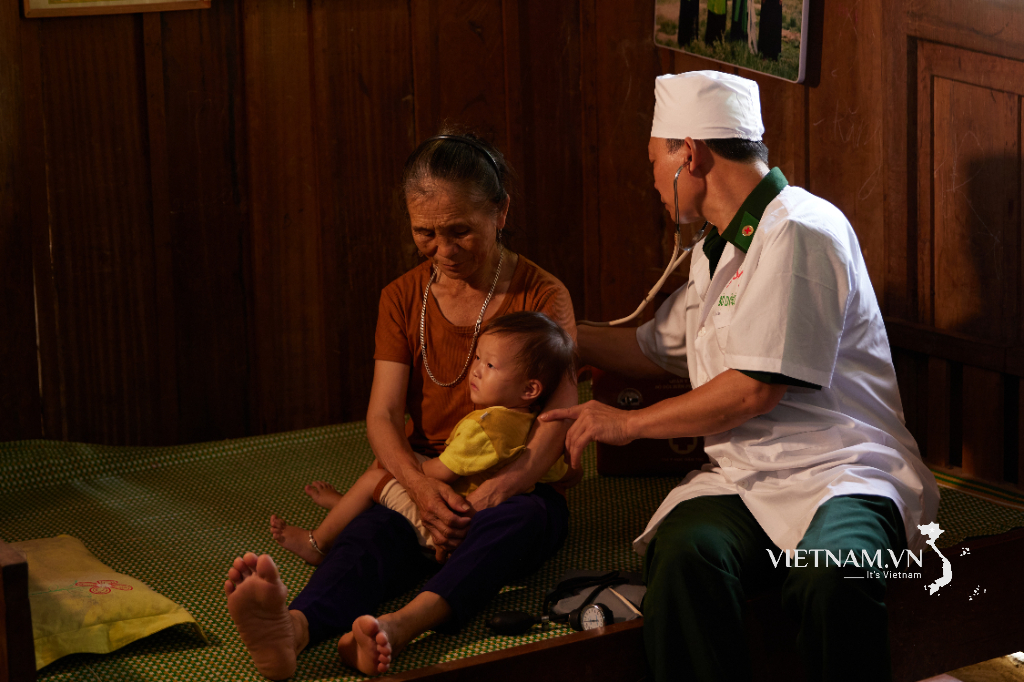


Comment (0)